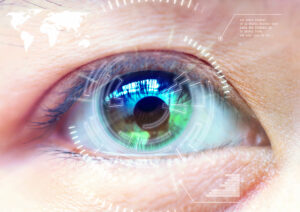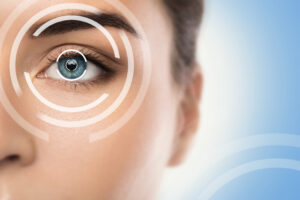We assume to think of 20/20 vision being a synonym for perfect eyesight, but that isn’t entirely true.
Normal vision is 20/20. It means that you have no known refractive errors or ocular disorders such as nearsightedness and farsightedness, which affect your ability to see clearly at close range (less than 6 inches). There’s also astigmatism–a condition in which the curvature of an eye causes blurred images on behalf of those who suffer from it; but this doesn’t apply if all signs point towards perfect corrective laser surgery!
What Are the Symptoms of an Asymptomatic Vision Problem?
Kids don’t always tell adults when they’re having trouble with their eyesight because it’s not normal for little kids. If you believe your child might be undergoing any of these symptoms, contact an optometrist immediately so that they can determine whether he has vision problems and what kind those could potentially be!
Many people experience difficulties with concentration and reading comprehension. These symptoms can be due to several things, such as stress or an underlying medical condition like ADHD that your doctor is not appropriately treating — but it might come down to the lack of sleep you’re getting! If this sounds familiar, then don’t panic: plenty of therapies available for both conditions will help improve them significantly in most cases (though they may take time).
Functioning Binocular Vision Matters
To see objects clearly, we need our eyesight. One of the most important parts about it is that there must be cooperation between both eyes, so they work as a team – this enables binocular vision and helps with 3D imaging skills! If you shut one eye while looking at something nearby with another set focused on distance, things will appear differently due in part to how far away each object is from your mind’s eye; if convergence insufficiency or divergence excess occurs, then these problems might affect what kind of focus points properly when seen via television screens, etc.
Binocular vision disorders can create a plethora of symptoms and challenges, from mild cases that don’t affect your day-toothbrush seeing perfect without glasses to severe forms like amblyopia, where one eye may be worse off because it has trouble focusing on nearby objects due in part by an imbalance within the brain’s binocular circuits.
This Is Why Comprehensive Eye Exams Matter
We know that kids can take the big E eye test with school nurses, but only an appointment to see a specialist will allow them to check for problems other than 20/20 vision. It’s essential not only in education-related matters such as learning to focus on the task at hand correctly; it could also prevent future difficulties when studying or doing work outside their field if they have been diagnosed early enough!



